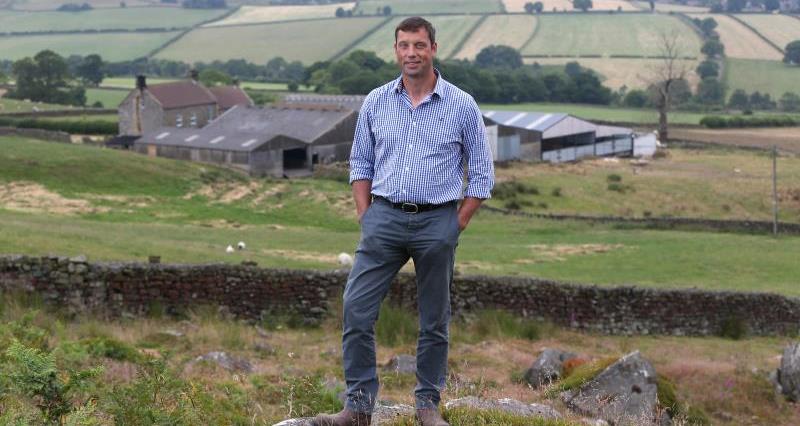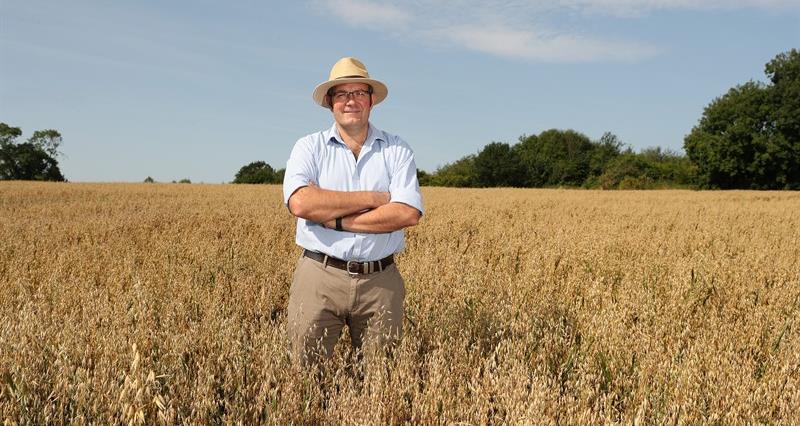Carbon calculators are a hot topic and an important one. Many of our members have been asked to complete one for their processor, particularly those supplying the large deadweight buyers – and in some cases, even banks have asked for them.
There are a lot of different calculators out there, but in reality there are probably less than ten that are suited to the UK beef and lamb sector.
Between these, there are still significant differences, but overall those differences are reducing as the methodology becomes more standardised.
The more detailed information that you enter into a carbon calculator, the more accurate results you will get. If you are asked to complete one for your supply chain, please be careful what you enter as it might come back to haunt you!
The best approach would be to do your own calculation using one of the leading calculators (many are free to use) and use this to compare and challenge what your processor is asking for. Please also speak to us at the NFU if you are concerned.
Data requirements
Whichever calculator you use, you’re going to be asked for broadly the same data (although annoyingly it’s sometimes expressed differently).
For livestock farmers the most obvious is production data, this often includes numbers of livestock, their liveweights, production over the year in kg, lambing/calving percentage and mortality.
These can sometimes be tricky to calculate as annual averages and some providers are looking at how they can use links from management databases or traceability services such as BCMS to gather this data.
Grazing calendar dates
Grazing calendar dates are another datapoint required, which may surprise some. These can be used to understand manure management on farm (the days housed vs the days out at grass), to understand diet (how much is consumed directly out at grass and what else makes up the remainder of their diet), and ally the impact on grassland sequestration.
Having specific grazing dates can help to build a good picture alongside soil testing results (for calculating soil carbon sequestration).
Soil testing
Due to its inclusion within Farming Rules for Water and the SFI23 (Sustainable Farming Incentive) offer, soil testing is now a more common on farm activity and can be a very useful for carbon calculators.
Basic soil testing has always looked at N, P and K (nitrogen, phosphorus and potassium) but assessing the soil organic matter will give you a much better idea of your soil health and its ability to store additional soil carbon.
The depth of these measurements can also increase the accuracy and is likely an essential prerequisite for demonstrating carbon capture over time, which can either be offset against your emissions or potentially traded.
Getting an accurate carbon baseline for your soils is probably the most important thing you can do now to get ahead of the curve.






